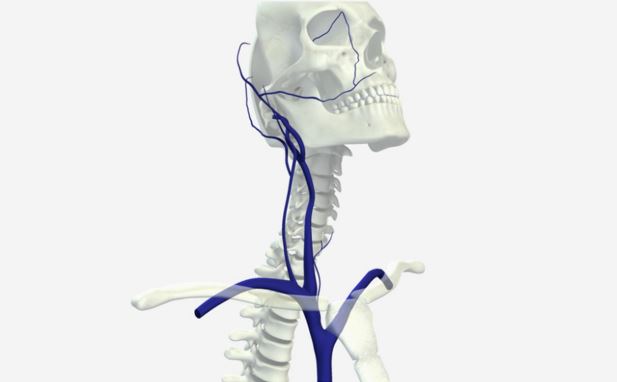

Library > Radiography > Radiography Procedures > Radiography of the Central Nervous System, Circulatory System, and Arthrography
Try Simtics for free
Start my free trialRadiography of the Central Nervous System, Circulatory System, and Arthrography

Materials Included:
-

-

-

-

Check our pricing plans here
Unlimited streaming.
This module provides an overview of radiography of the central nervous system, circulatory system, as well as arthrography. These procedures include myelography, angiography, venography and arthrography of the synovial joint. The module offers students and practitioners thorough background knowledge in how to prepare for and perform these procedures. If you are studying for the American Registry of Radiologic Technologists® (ARRT) registry exams, this module is an ideal learning resource.
You’ll learn
- how to differentiate the role of a radiologist and radiographic technologist in conducting these imaging procedures
- to better visualize and understand the anatomy of the central nervous system, cardiovascular system and major blood vessels, with our 3D anatomical model
- what room and equipment preparation is required
- the steps and techniques for acquiring radiographic projections of the CNS and circulatory systems, including myelography, angiography, aortography, cardiac catheterization, venography and arthrography
- to identify the indications and contraindications for performing radiography of the central nervous system, circulatory system and arthrography
- how to analyze radiographs for quality and correct positioning criteria
- how to manage an anaphylactic reaction
- much more (see “content details” for more specific information)
- Discuss the basic anatomy and physiology of the central nervous system
- Discuss the basic anatomy and physiology of the circulatory system
- Discuss the basic anatomy and physiology of the synovial joint
- Discuss positioning criteria, projections, use of contrast media, and procedures utilized in radiography of the central nervous system, circulatory system, and joints
- Discuss the various pathological indications and contraindications for each procedure
- Discuss the equipment and supply preparation for each procedure
- Analyze the radiographs for quality and correct positioning criteria for each procedure
- Describe the management of anaphylactic reaction
- Explain the Patient's Bill of Rights, HIPAA Privacy Rule, and Patient Safety Act (see reference)
The SIMTICS modules are all easy to use and web-based. This means they are available at any time as long as the learner has an internet connection. No special hardware or other equipment is required, other than a computer mouse for use in the simulations. Each of the SIMTICS modules covers one specific procedure or topic in detail. Each module contains:
- an online simulation (available in Learn and Test modes)
- descriptive text, which explains exactly how to perform that particular procedure including key terms and hyperlinks to references
- 2D images and a 3D model of applied anatomy for that particular topic
- a step by step video demonstration by an expert
- a quiz
- a personal logbook that keeps track of all the modules the learner has studied and how long
For more details on features and how your students can benefit from our unique system, click here.





